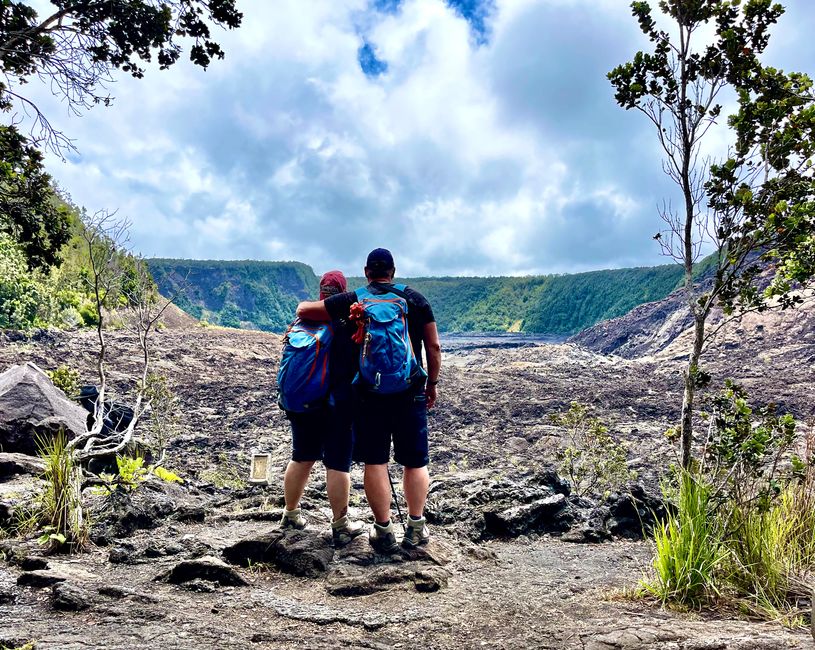The story about giants
Published: 08.09.2023
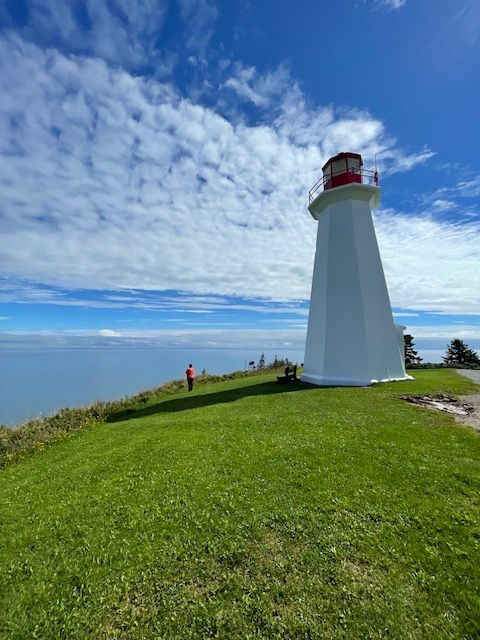

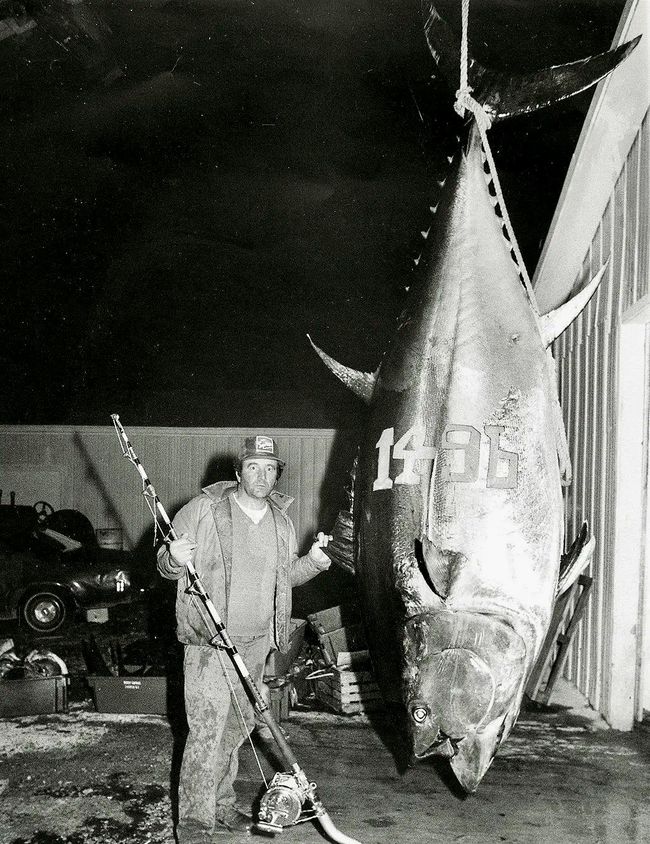
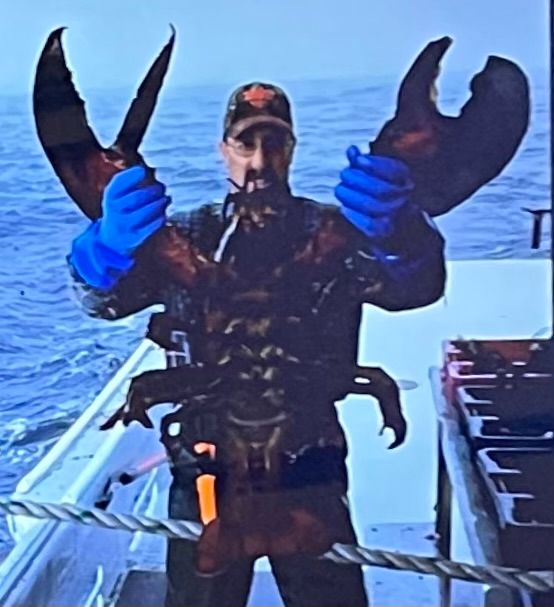
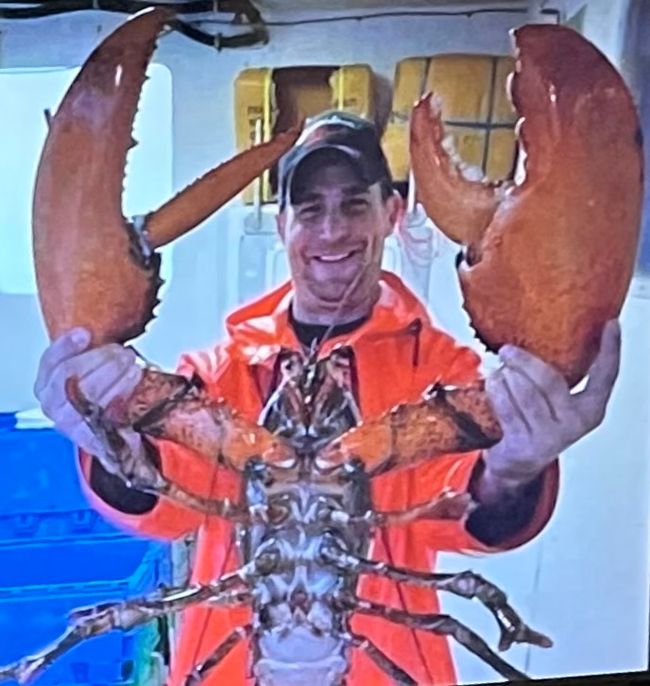
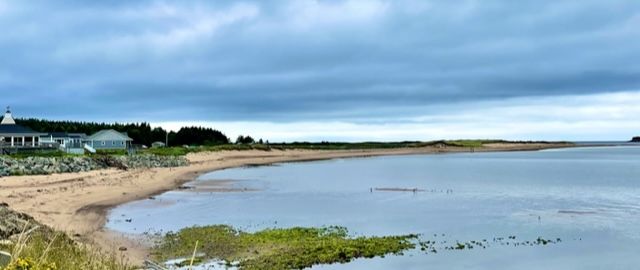
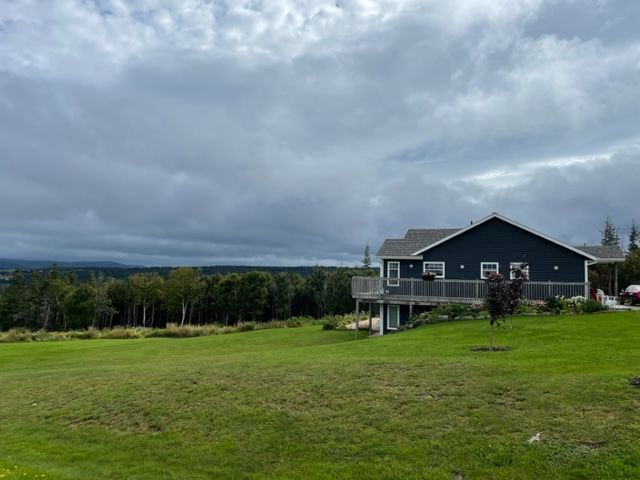
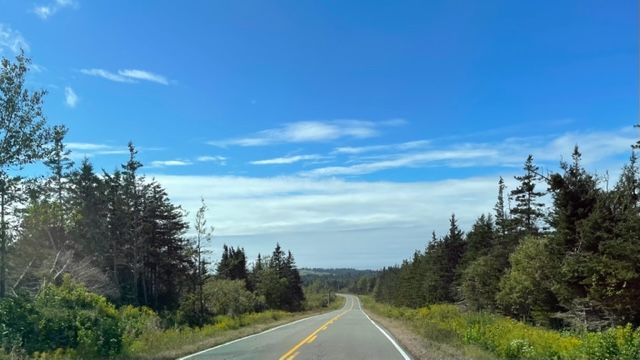
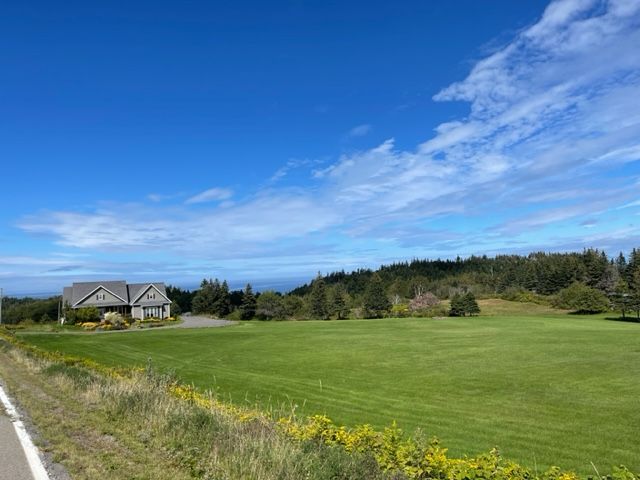
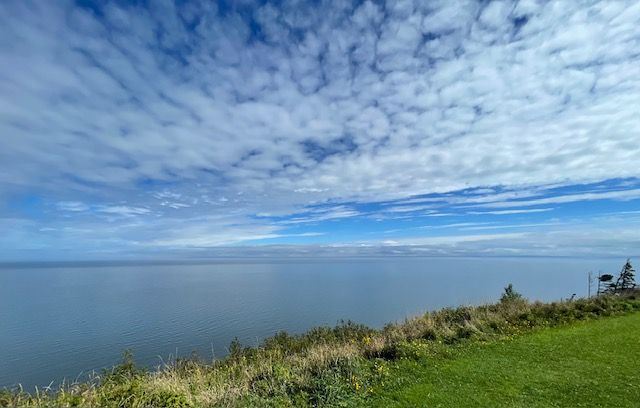
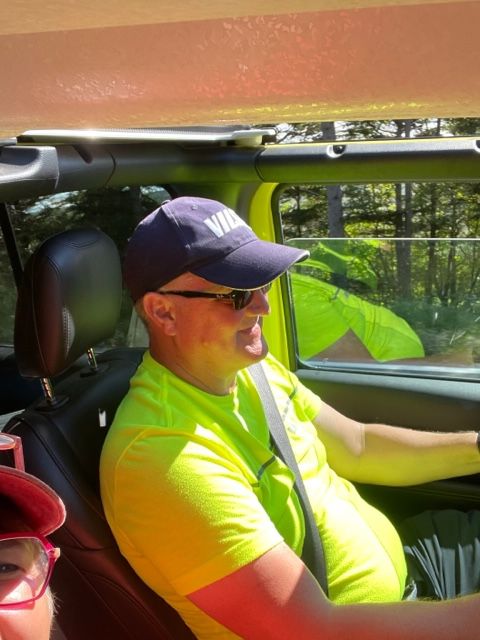
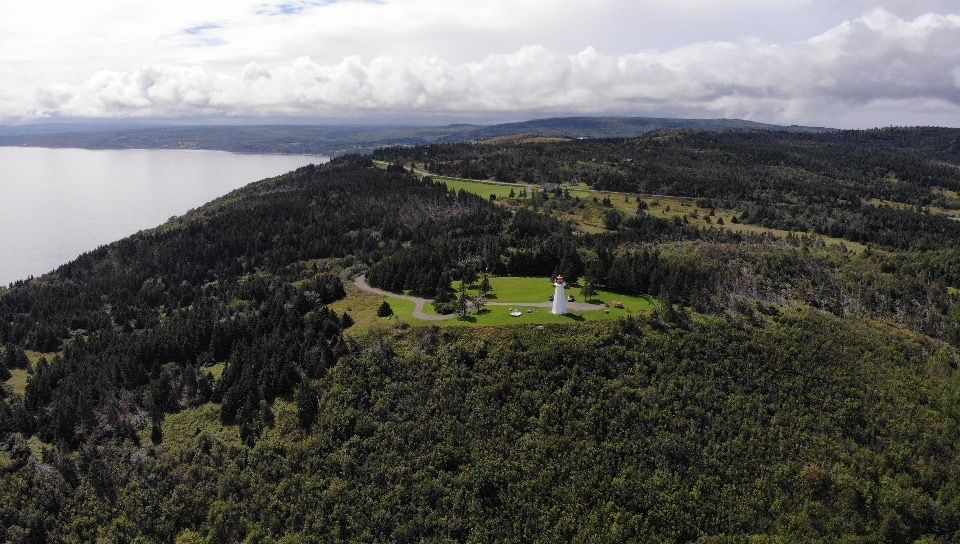
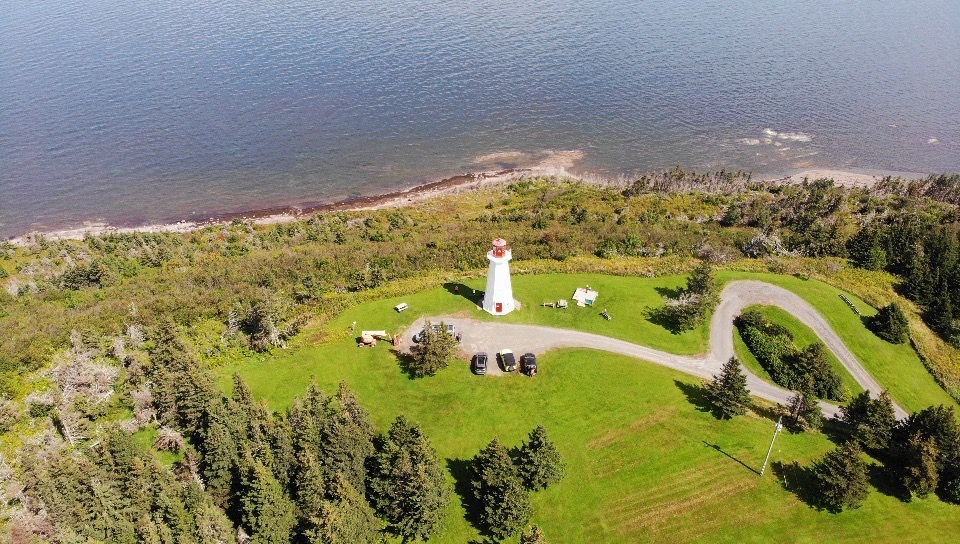
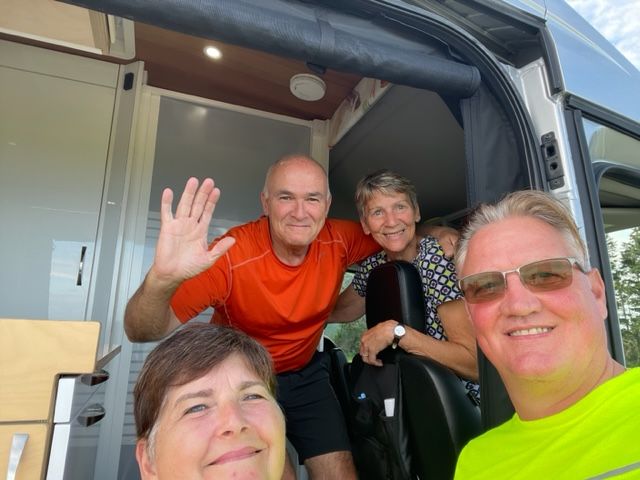
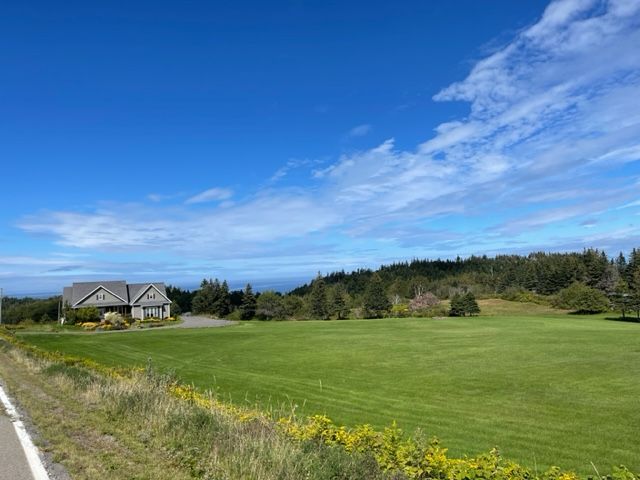
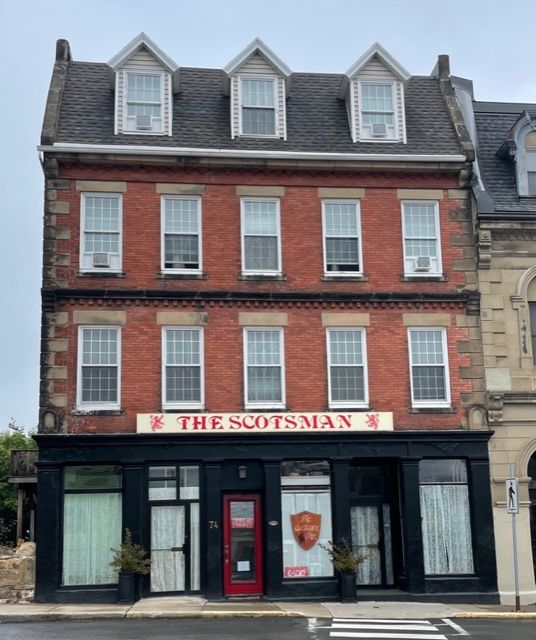
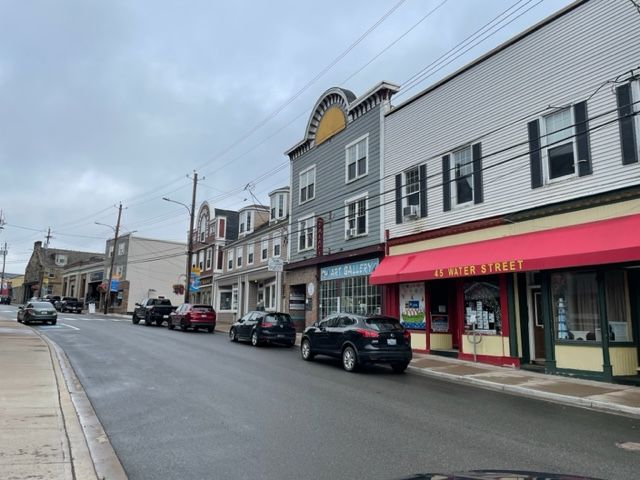
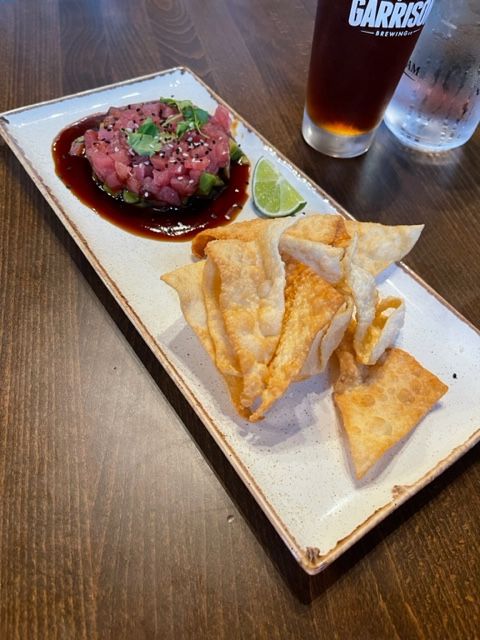
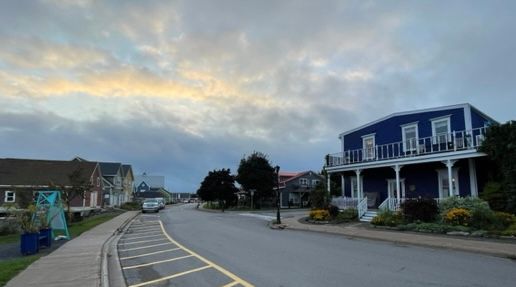
Subscribe to Newsletter
A delicious breakfast gets the day off to a good start. Accompanied by Scottish fiddle music played by the master of the house, Alain. Afterwards, Alain tells us about the history of Port Hood and what to do in the area.
facts
The Miꞌkmaq called Port Hood Kekwiamkek, meaning "at the place where the sand moves slowly" or "sandbar". Port Hood Island was once a peninsula connected to the mainland by a low-lying, sandy isthmus. During the construction of Fort Louisbourg, the French operated a quarry on the western side of this peninsula. In order to have direct access to the harbor from the north, the fishermen dug a small canal through the isthmus. Unfortunately, after this opening was created, storms and erosion began to increase the width of this channel, and by the mid-19th century this isthmus was eventually washed away.

After the British took power in Canada, it was renamed Naval Commander Samuel Hood. 11,000 French people had to leave the island after the British took over. However, there was now a shortage of workers and so people were recruited in Scotland. 250 years ago the first ship arrived in Pictou with 179 Scots. A large number settled in Port Hood. The place was firmly in Celtic hands. The main language was Gaelic. After the Canadian government decreed that only English could be taught in schools, the Gaelic language almost completely disappeared for three generations. The older ones could still speak it, but neither read nor write. It is now taught from kindergarten onwards.
Alain has set up a notebook in the breakfast room and shows photos of the area and some fish caught, such as tunas that are man-sized and weigh more than 1400 pounds (635kg)!!

This was still possible in the 70s. However, due to overfishing, the tuna no longer had the chance to grow large and the government decided that in the future each fisherman would only receive a license for one tuna per year. And no matter how big the fish is, only one and only caught with a fishing rod. Since then, fish stocks have recovered. Port Hood is a hotspot for bluefin tuna. It is highly sought after by the Japanese and is bought directly from the cutter for a large sum of money.
Alain also talks about huge lobsters that are more than 100 years old.


According to Alain, they will be thrown back into the sea.
But now we have to set off, because there is still a long way to go to our next destination. The target today is Pictou.
One last look at Port Hood


and the path takes us to Cape George

with its lighthouse. Here, thanks to Drohnie, Schahaatz gets to know Sylvie and Denis.

First they talk shop about the advantages of the Mavic Air Mini 3 pro (which, with its 249g, is subject to fewer restrictions when flying than Schahaatz's Mavic Air) until the conversation turns to the two of them's venture. A little over sixty days ago you started your journey through North America with the self-built camper “Vanouk”. They're both retired, their house is sold and what they own is in their van. You want to be on the road for 2 years and have only drawn up the rough outlines for the trip. We are allowed to look at the camper expansion and have a lively chat. At some point we have to move on and wish them both all the best for their long journey. Anyone interested can visit www.vanouk.com


We continue to Pictou.
On the entire Cape Breton peninsula there are few cities as we know them. 95% of the houses here are alone on very large lots. The houses are built as timber frames, covered with foil on the outside and then covered with plastic panels. What is striking is that most of them look new. Holger (our host in North River) explained it to us: when there was Corona, Canadians received “corona money” from the state. Most Canadians have implemented this in the hardware store. Holger was working in a hardware store at the time and the hardware store had the best sales ever.

Around all the houses is a well-groomed, huge lawn. They are very economical with flower beds. What you definitely need here are: a pickup truck, a summer car, a motorcycle or quad, a snowmobile, a snow blower, a boat, a caravan and a ride-on lawn mower. With the house size, 150 m2 is enough - garage size 300 m2, so that the fleet also fits in 😂😂😂.
We've been wondering all along, why do they have such huge lawns here? I assume it's fire protection, in case of a forest fire. But that's just a guess.
We reach Pictou.

Today we are staying at The Scotsman.

A narrow house and the rooms extend over 3 floors and can you guess where we live?
You are definitely right.😄
Another delicious meal

and a digestive walk

and the day is over again.
Subscribe to Newsletter
Answer

Travel reports Canada

